Multi-Robot
Systems
Laboratory
We work at the intersection of control theory, optimization, machine learning, and computer vision to develop groups of robots that interact with one another and with humans intelligently, safely, and efficiently in real-world, unstructured environments. Our work will lead to swarms of autonomous drones that collaborate to map disaster sites and locate survivors; to autonomous cars that predict the actions of other drivers, pedestrians, and bicyclists on the road, and take safe actions in response; and to fleets of manufacturing and construction robots that collaboratively assemble products and build structures from high-level specifications.
Current Projects
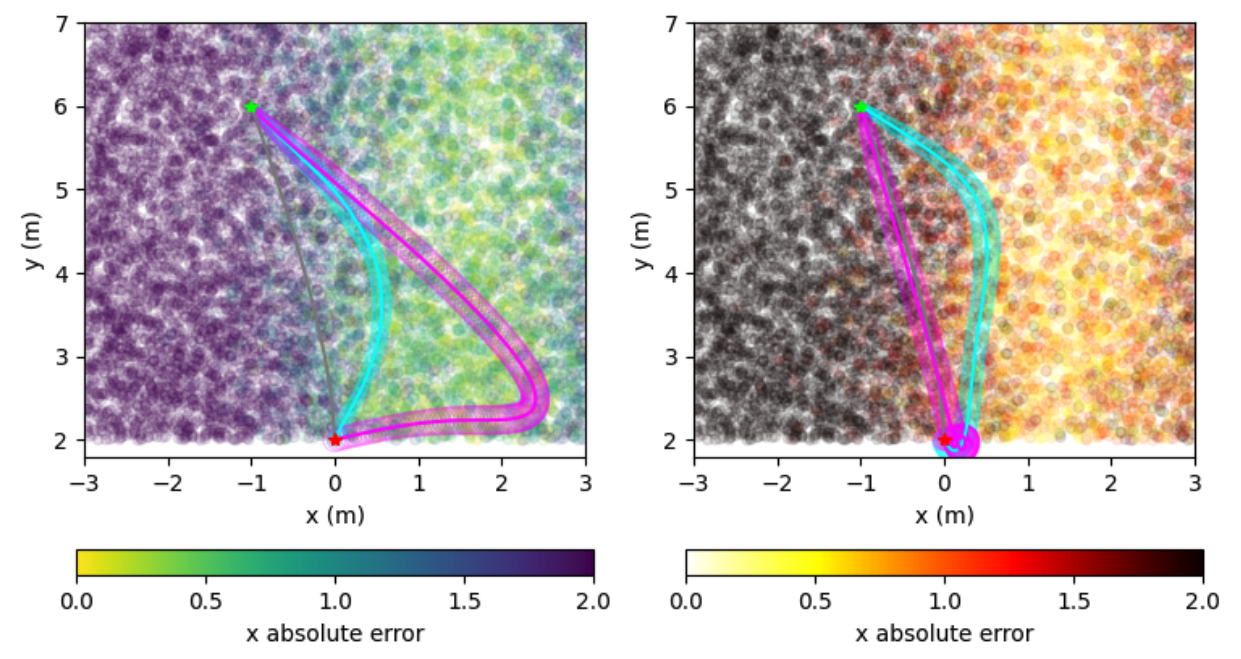
A method to quantify epistemic perception uncertainty, applied to a belief space planner and Kalman filter.

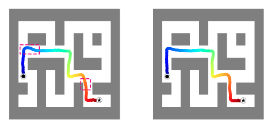
we quantify the uncertainty of diffusion dynamics models using Conformal Prediction (CP).
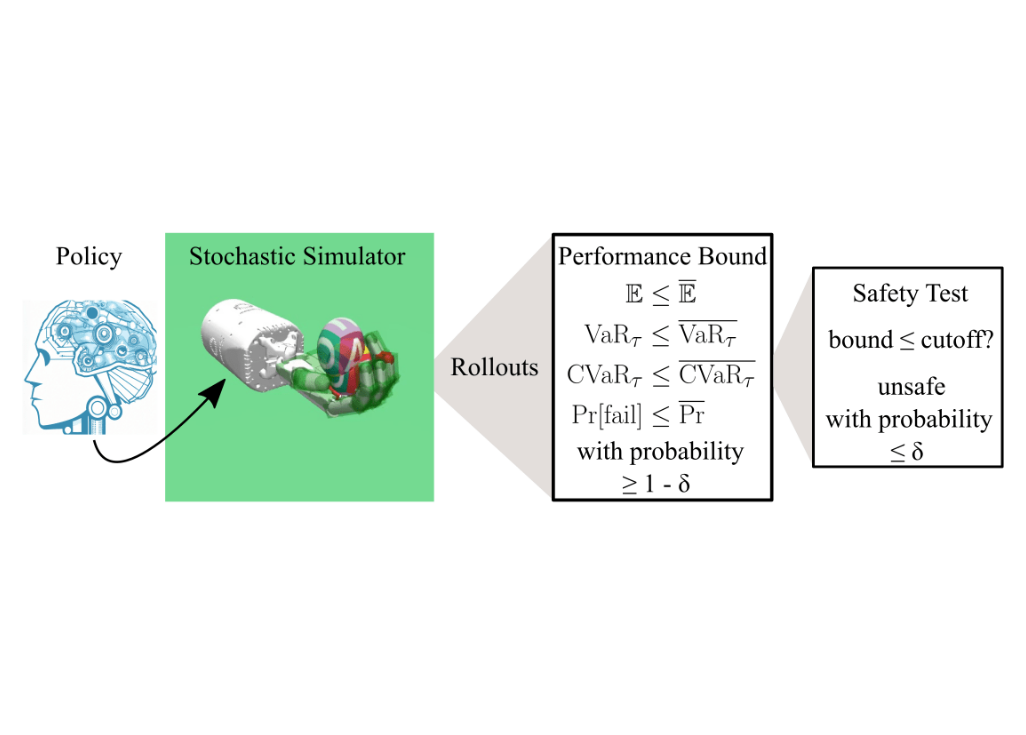
We provide finite-sample, distribution-free, performance guarantees for control policies executed on stochastic robotic systems.

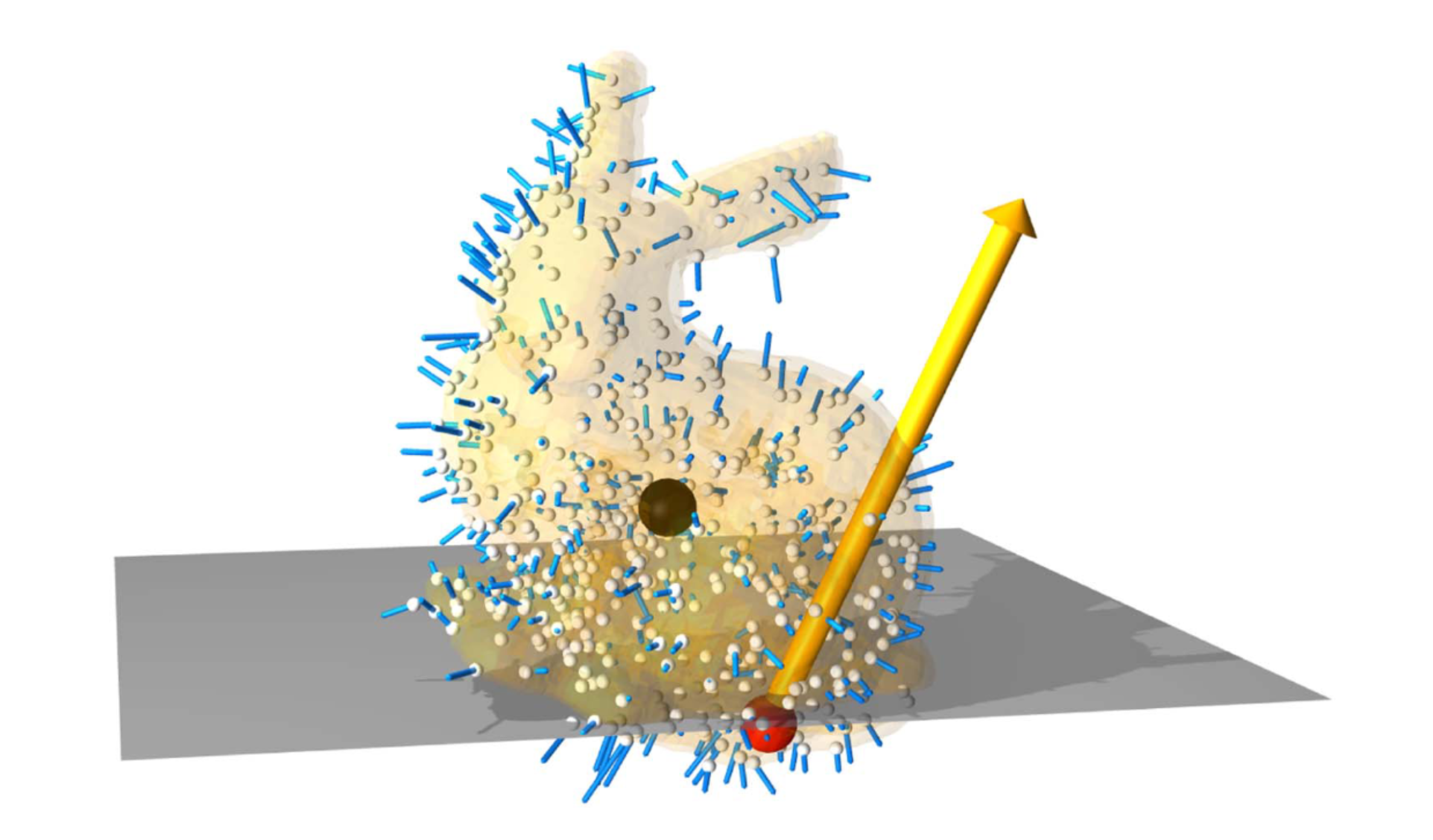
We present a differentiable pipeline for simulating the motion of objects that represent their geometry as a continuous density field parameterized as a deep network. This includes Neural Radiance Fields (NeRFs), and other related models. From the density field, we estimate the dynamical properties of the object, including its mass, center of mass, and inertia matrix.
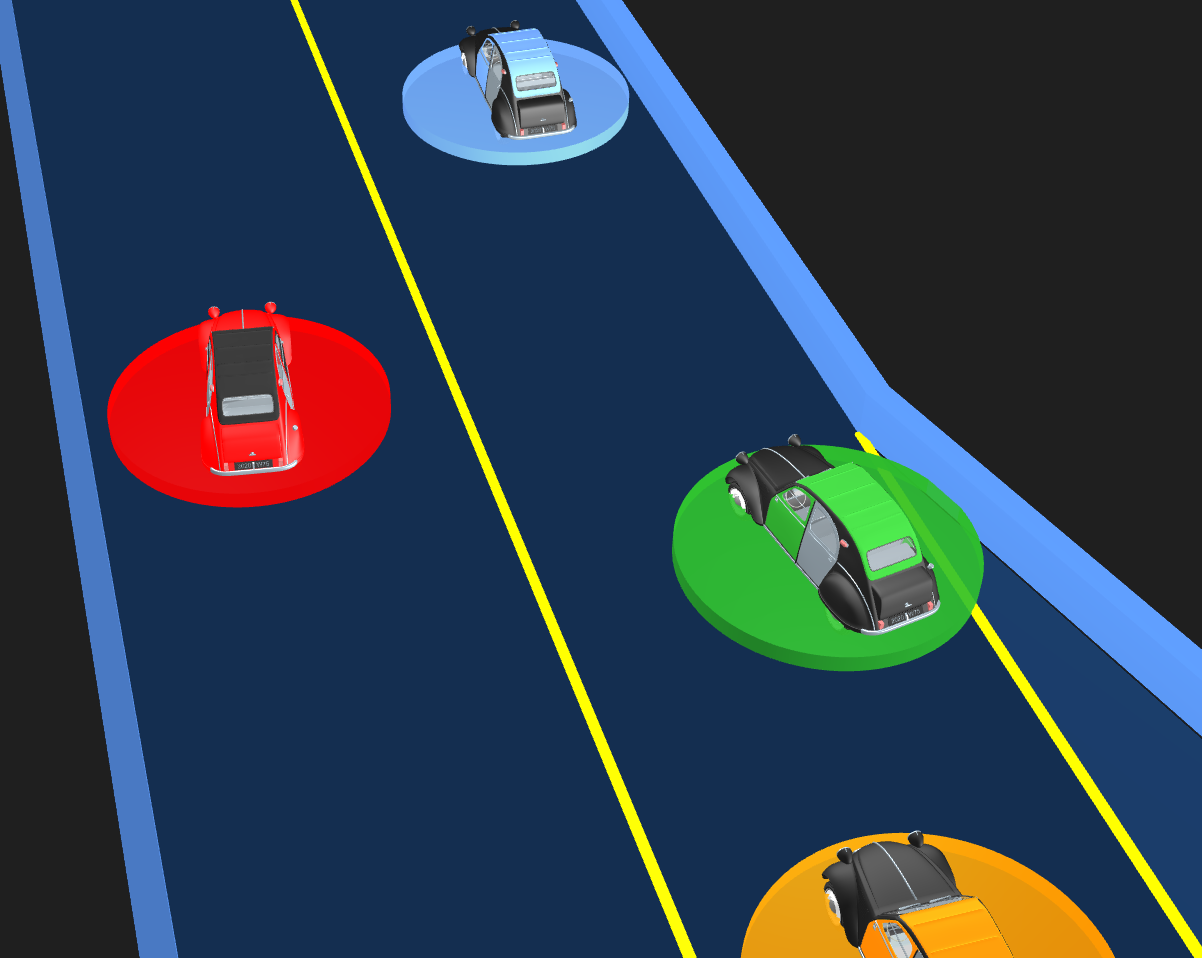
When interaction and negotiation between vehicles is key, an autonomous driving car should reason about the influence of its decisions over the surrounding cars' trajectories. We propose a fast planner that accounts for the game-theoretic interactions between vehicles.

We present a distributed algorithm enabling fleets of autonomous vehicles to track multiple targets within their environments while communicating locally with their neighbors.
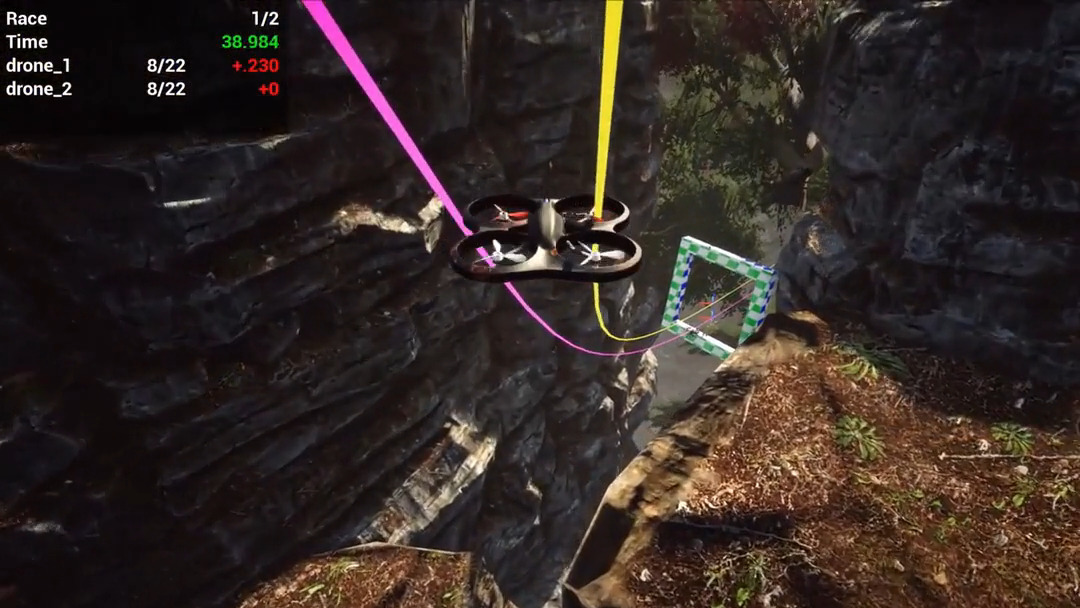
How should robots plan to compete? We propose a game theoretic planner which allows drones to reason online about their opponents' actions during race scenarios.

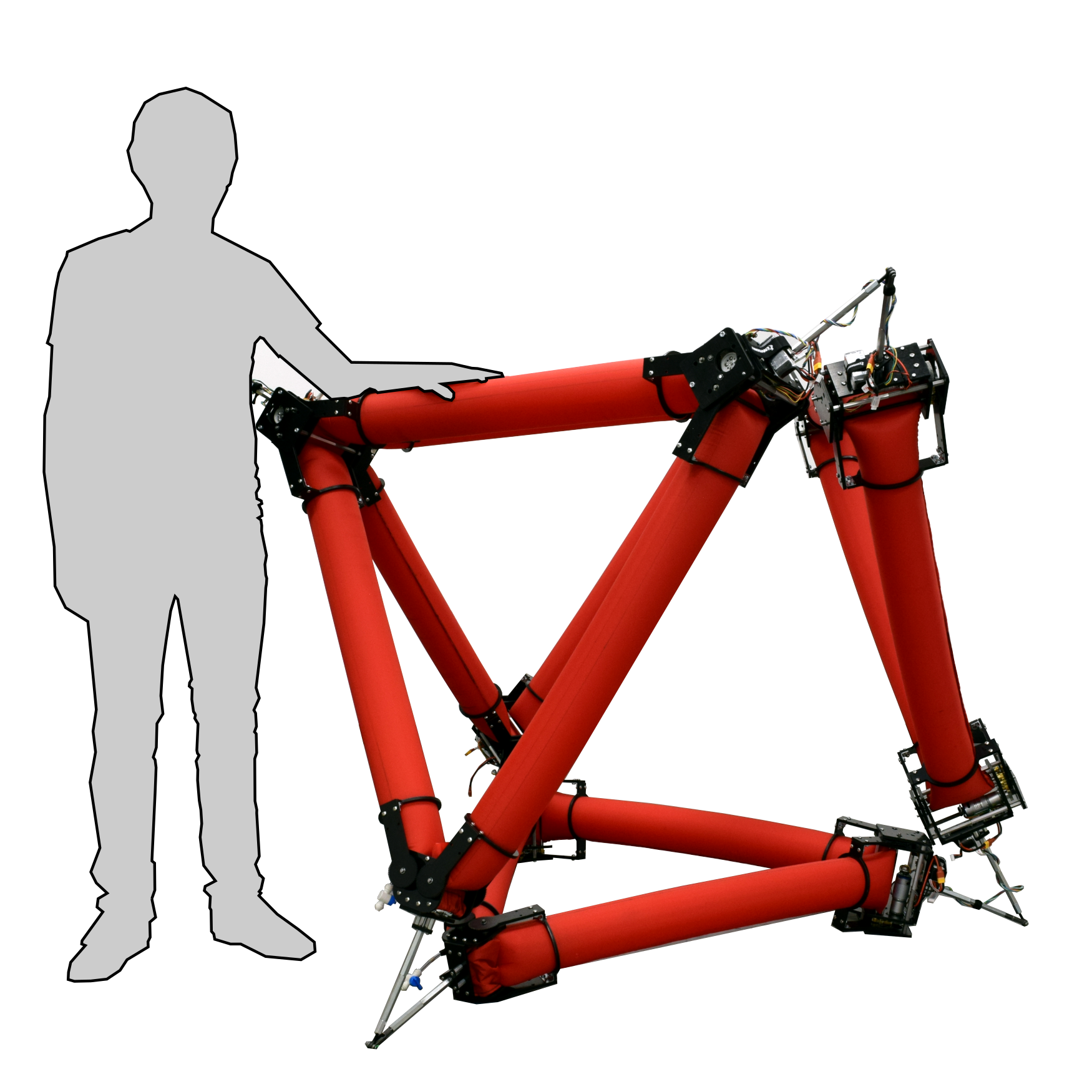
We introduce an truss robot that is composed primarily of inflated fabric tubes, and is capable of locomotion and object manipulation.
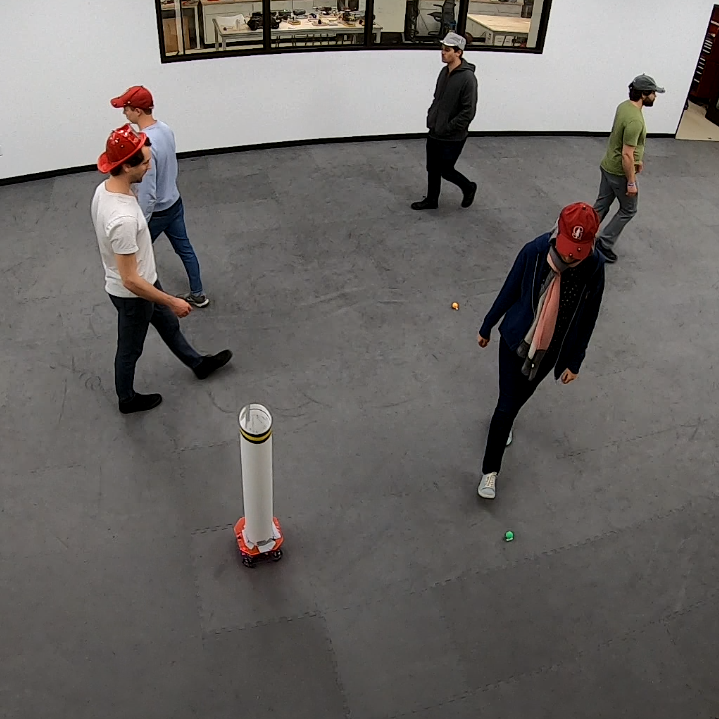
We combine risk-sensitive optimal control tools with deep generative modeling to enable robotic crowd navigation, and observe diverse interaction behavior by varying the robot's risk sensitivity.


How can robots work together to move unknown payloads? Using tools from adaptive control, we develop a distributed algorithm for collaborative manipulation without prior payload knowledge.
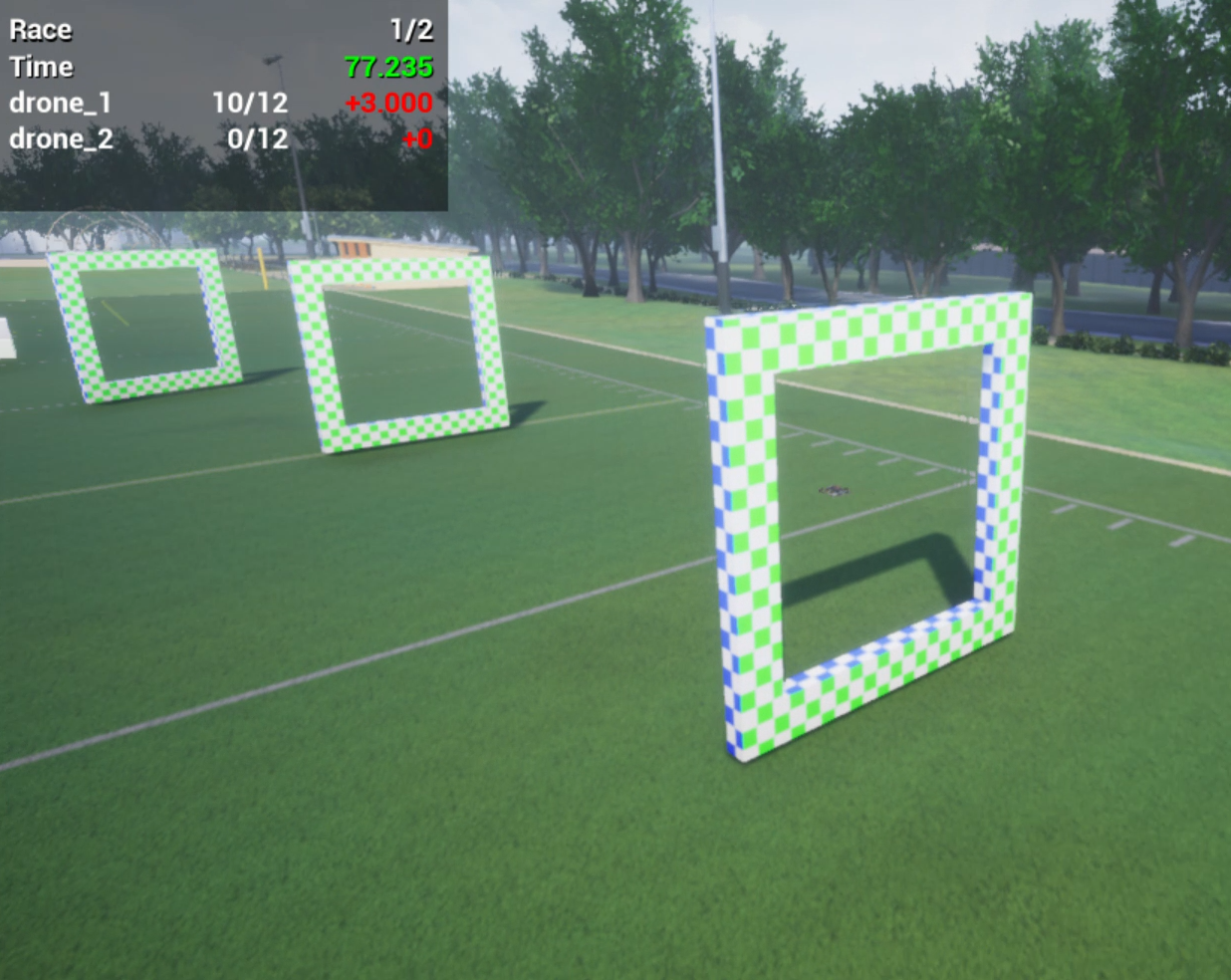
A competition for users to develop autonomous drone racing perception and control algorithms to compete in a simulation framework.

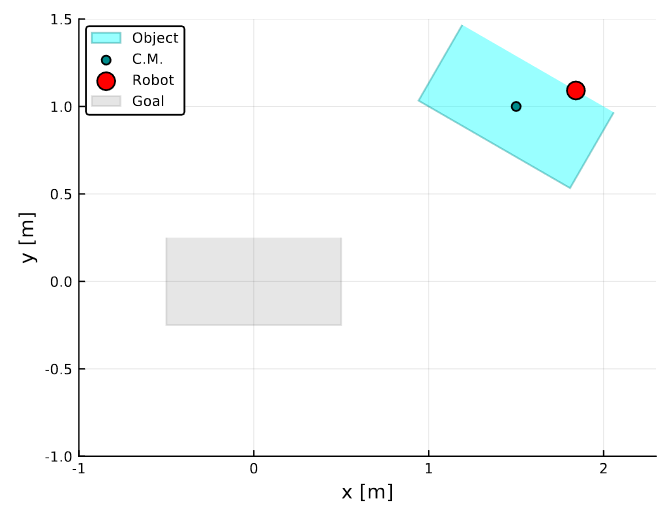
We propose a novel belief space planning technique for continuous dynamics by viewing the belief system as a hybrid dynamical system with time-driven switching.
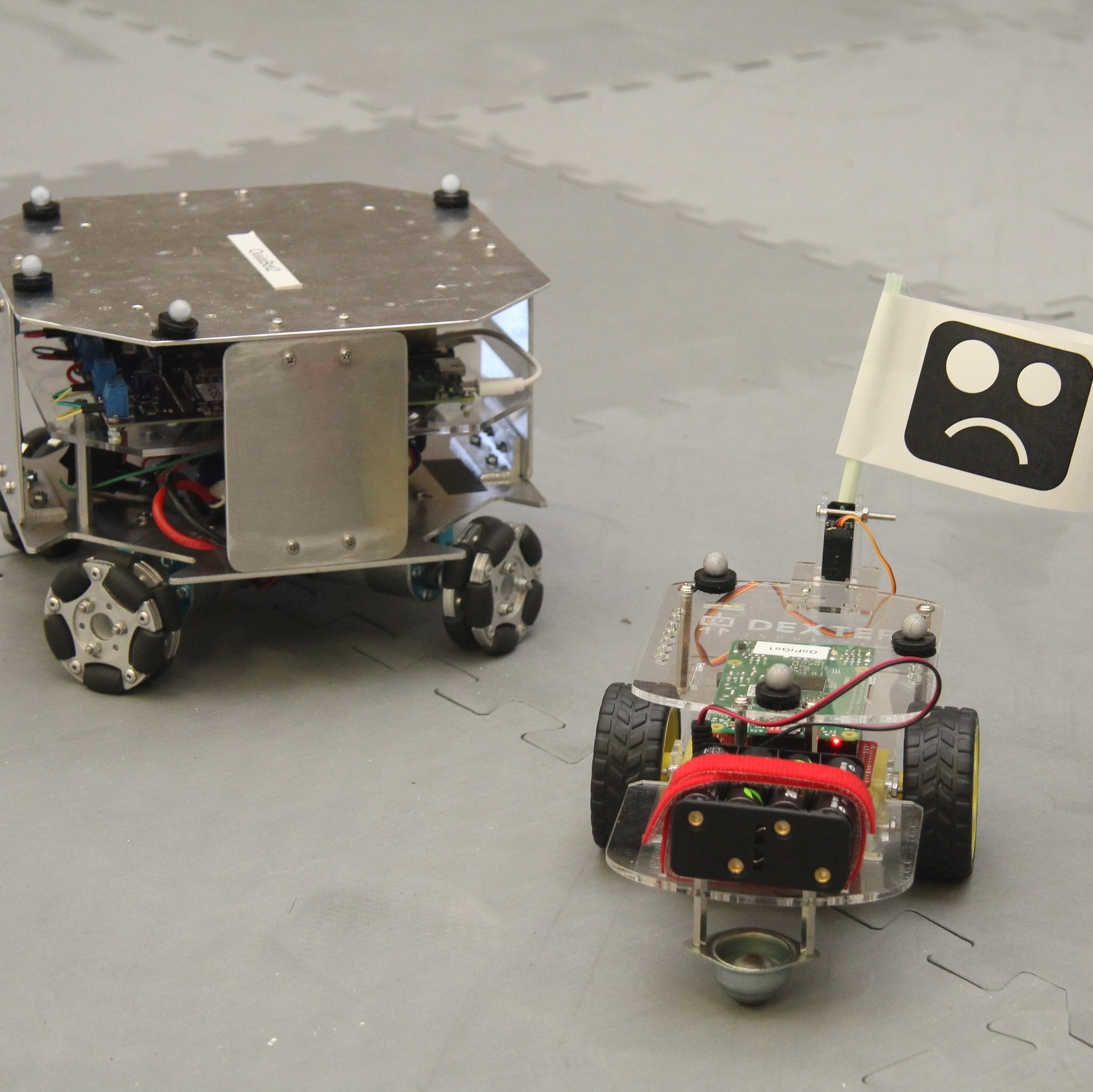
We propose a distributed algorithm for the cooperative pursuit of multiple evaders using multiple pursuers in a bounded, convex environment.

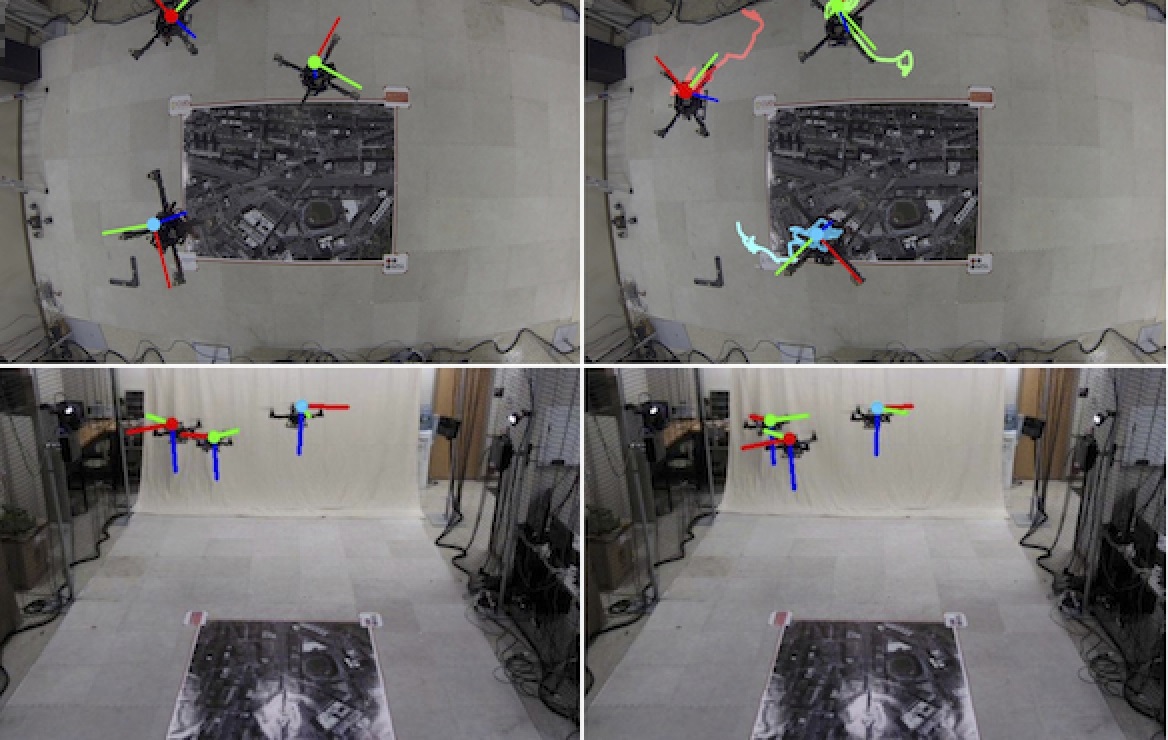
We propose a method for controlling a team of quadrotor micro aerial vehicles to perform agile maneuvers while holding a fixed relative formation, as well as transitioning between a sequence of formations.
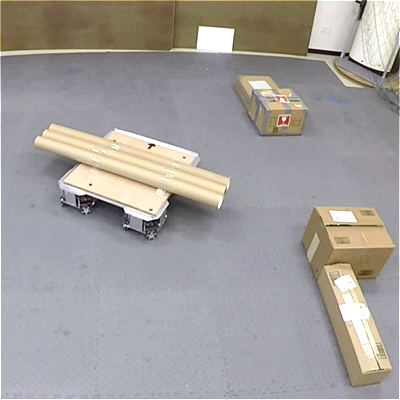
We present novel algorithms that allow a large number of small robots to move a comparatively large object to a goal location.

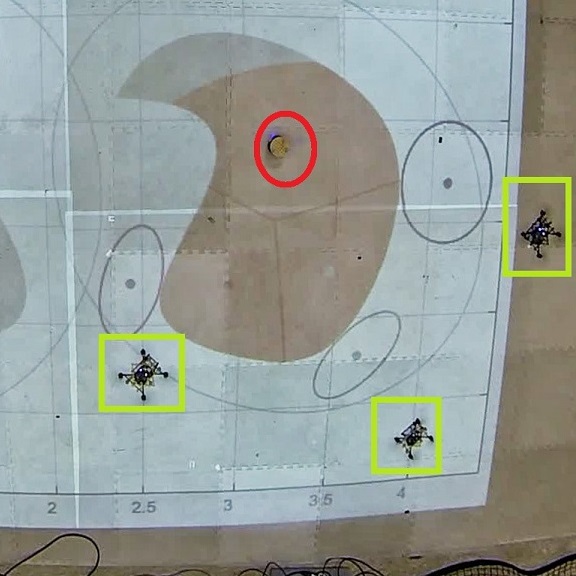
We investigate the cooperative pursuit of an evader by a group of quadrotors in an environment with no-fly zones.

We propose a method for controlling a swarm of quadrotor micro aerial vehicles to perform agile interleaved maneuvers while holding a fixed relative formation, and transitioning between different formations.

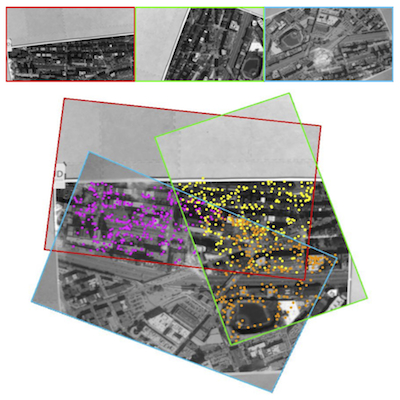
We presented a fully distributed solution to drive a team of robots to reach a desired formation in the absence of an external positioning system that localizes them.
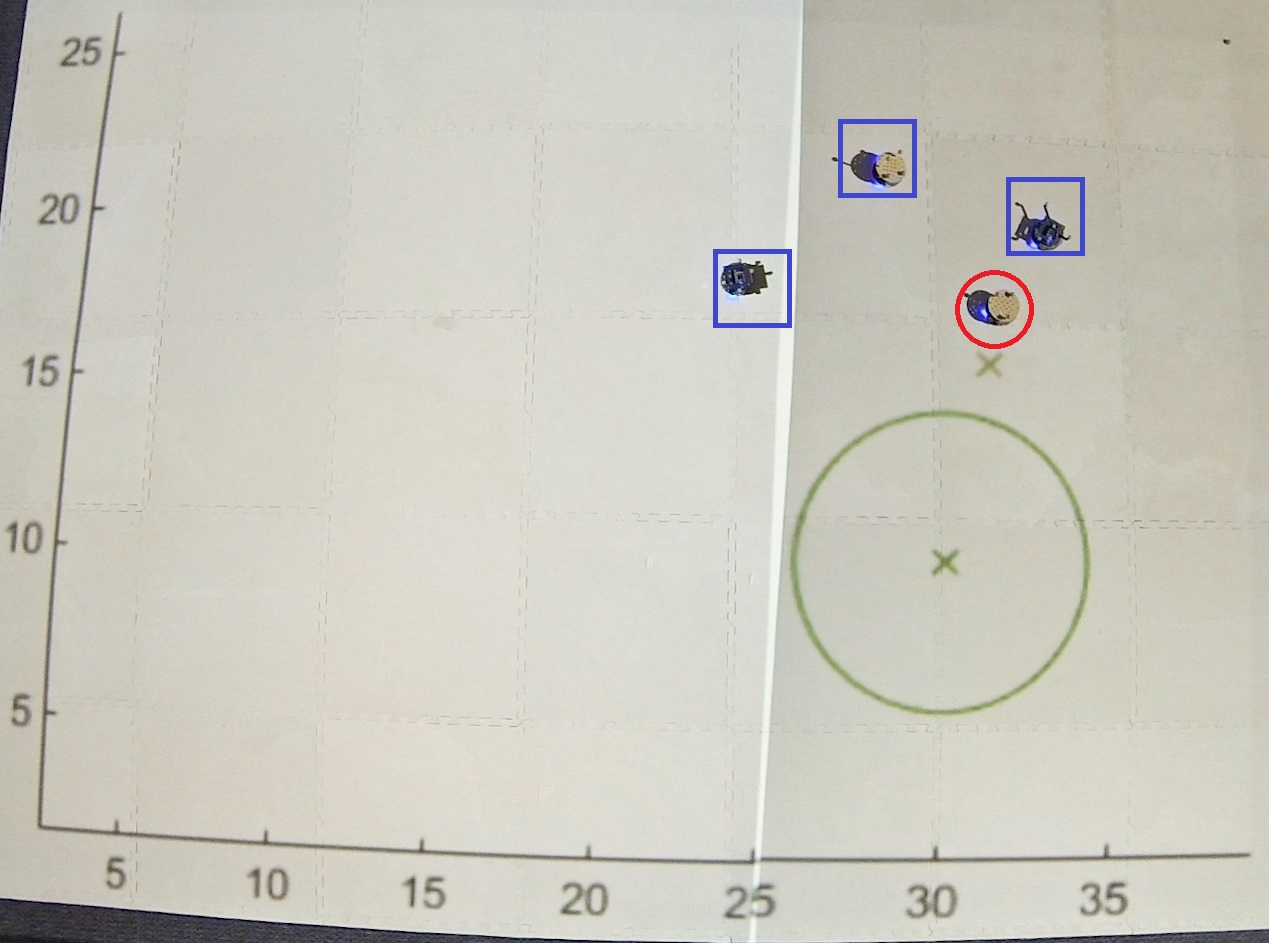
We propose a new approach for a group of robots carrying out a collaborative task to adapt online to performance variations among the robots.

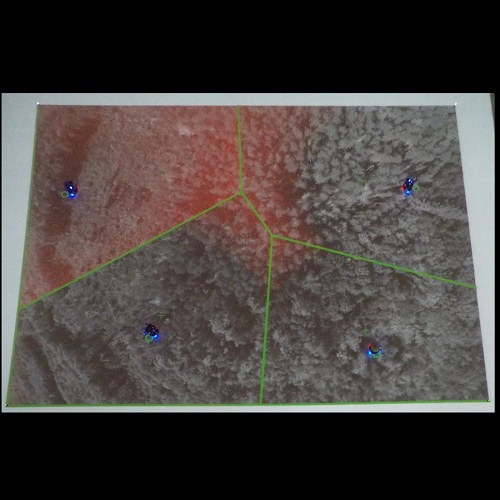
We design multi-agent control algorithms that are robust to failures and performance degradation of individual agents, as well as algorithms that are invulnerable to the actions of adversarial agents and hazardous environments.
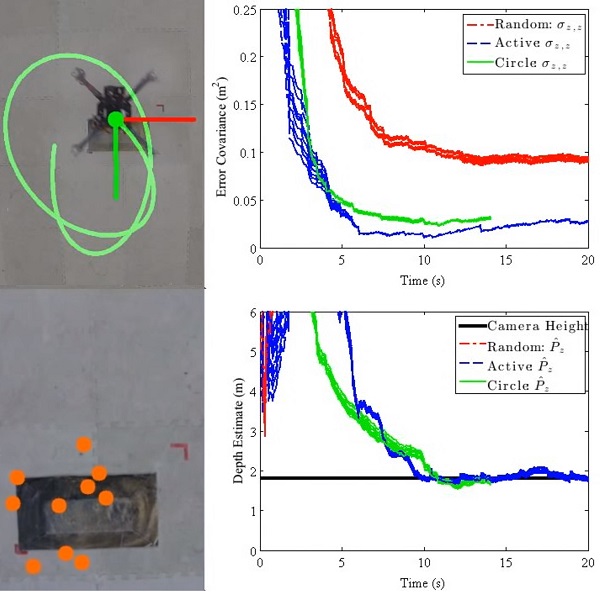
We develop an autonomous multi-robot system of aerial vehicles with on-board cameras that is capable of actively reconstructing the three-dimensional (3D) pose and geometry of its environment.

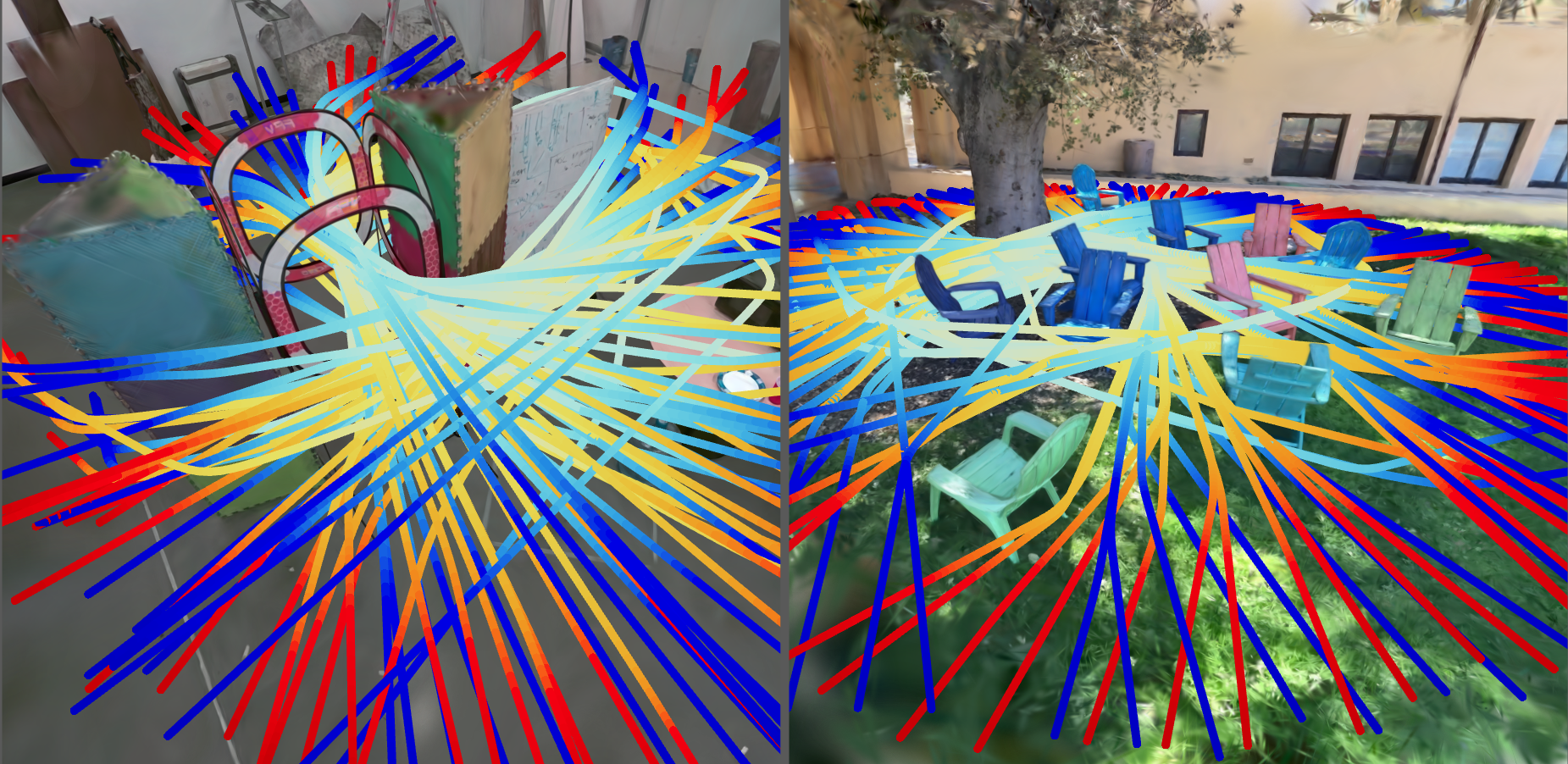
Splat-Nav perform efficient and scalable collision avoidance and pose estimation with Gaussian Splatting environments.

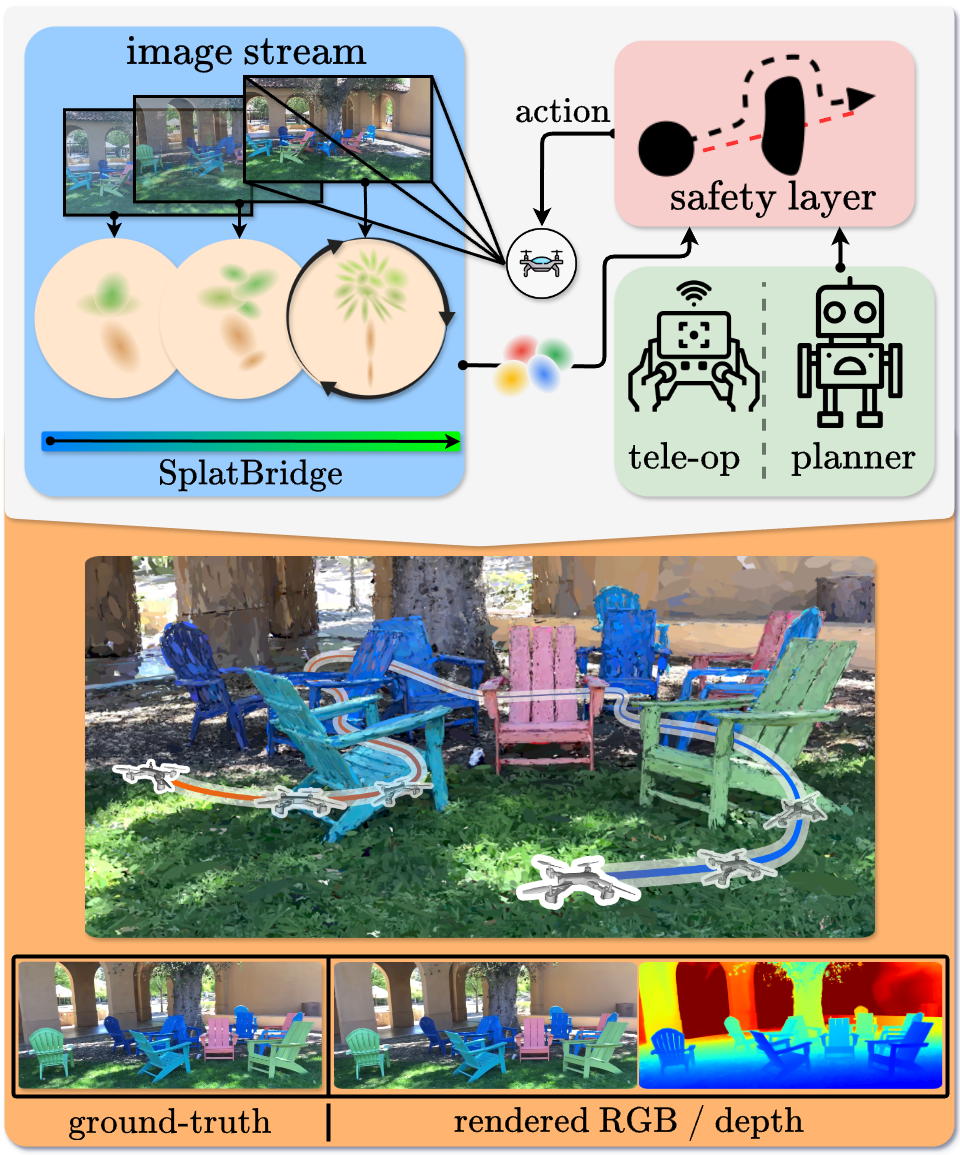
SAFER-Splat is a fast and scalable safety filter that operates simultaneously with real-time Gaussian Splatting training, enabling safe robot motions from vision.

Editable semantic and affordance aware Gaussian splatting for long horizon manipulation.

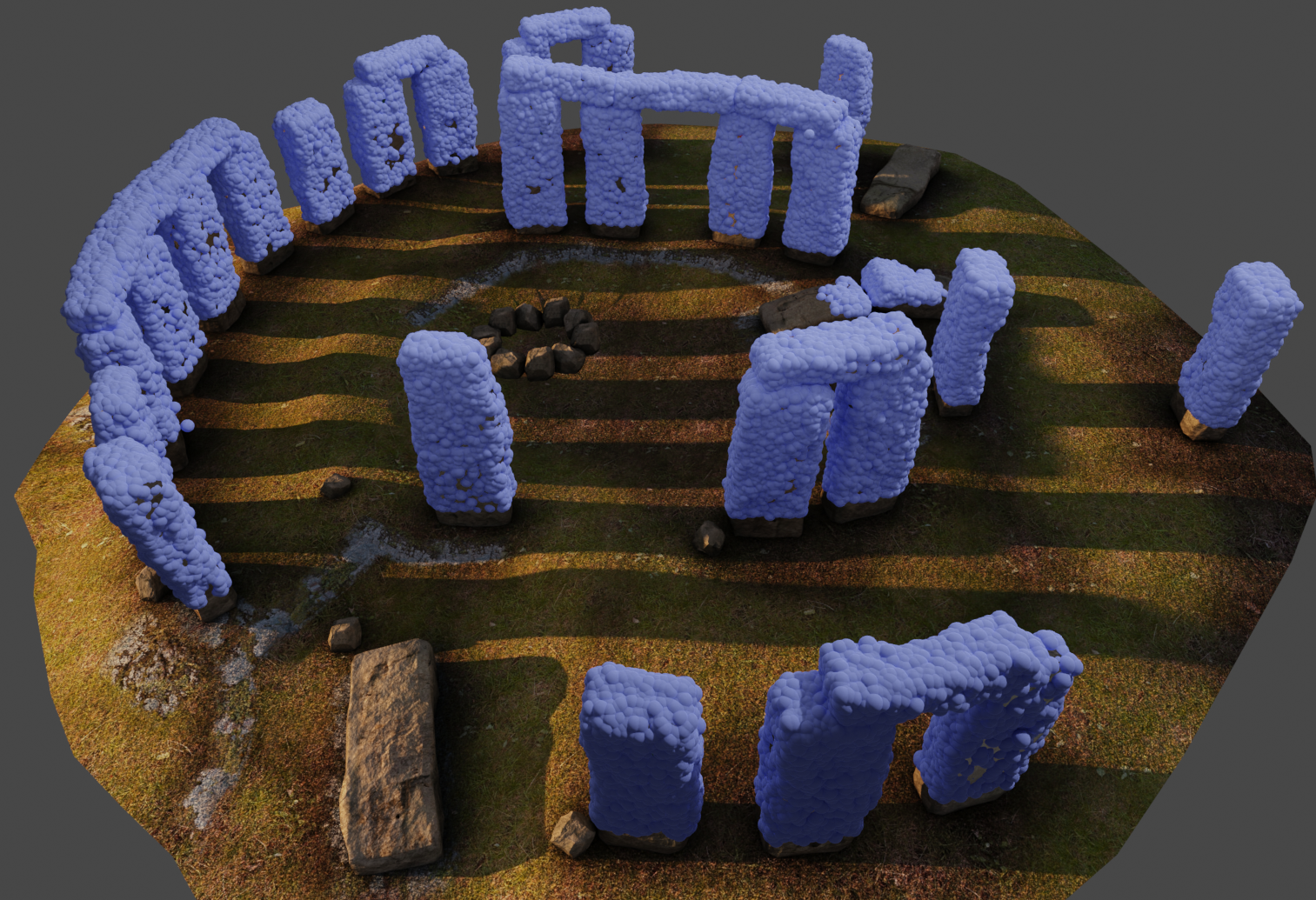
CATNIPS rigorously quantifies collision probabilities with NeRFs and performs collision avoidance.
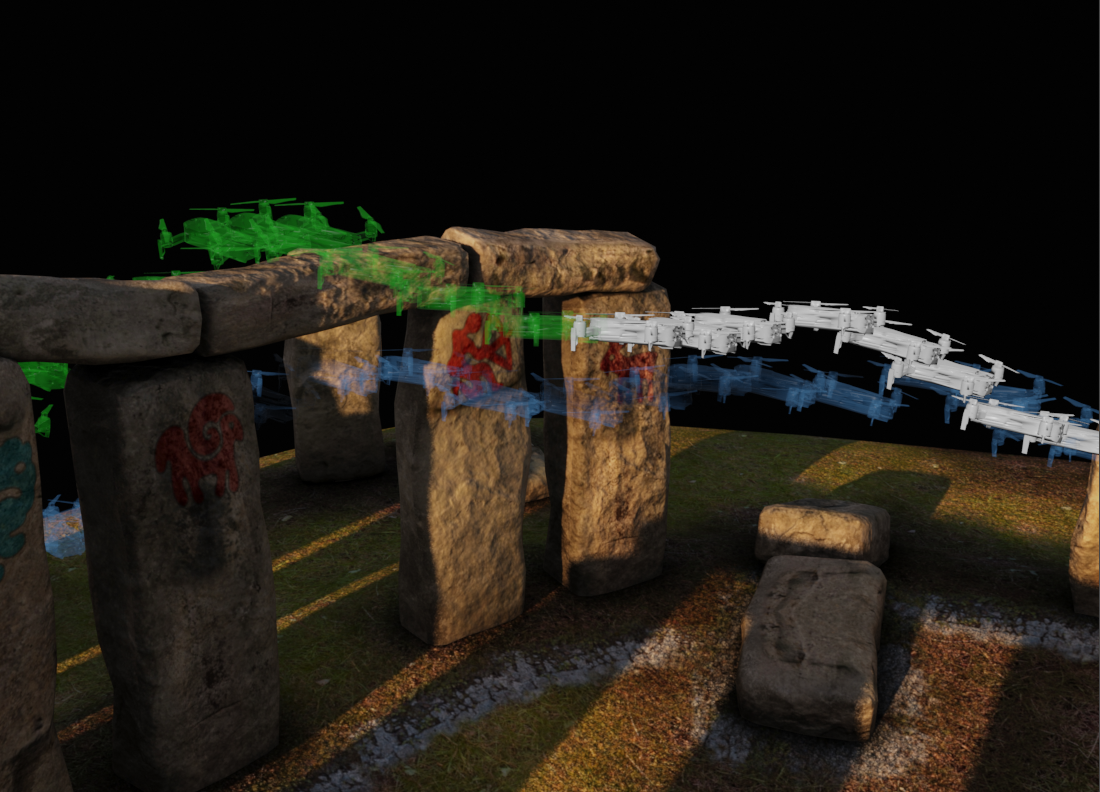
Nerf-Nav performs collision avoidance and pose estimation in a pre-trained Neural Radiance Field (NeRF).

We present a distributed algorithm enabling fleets of autonomous vehicles to track multiple targets within their environments while communicating locally with their neighbors.

How should robots plan to compete? We propose a game theoretic planner which allows drones to reason online about their opponents' actions during race scenarios.


How can robots work together to move unknown payloads? Using tools from adaptive control, we develop a distributed algorithm for collaborative manipulation without prior payload knowledge.
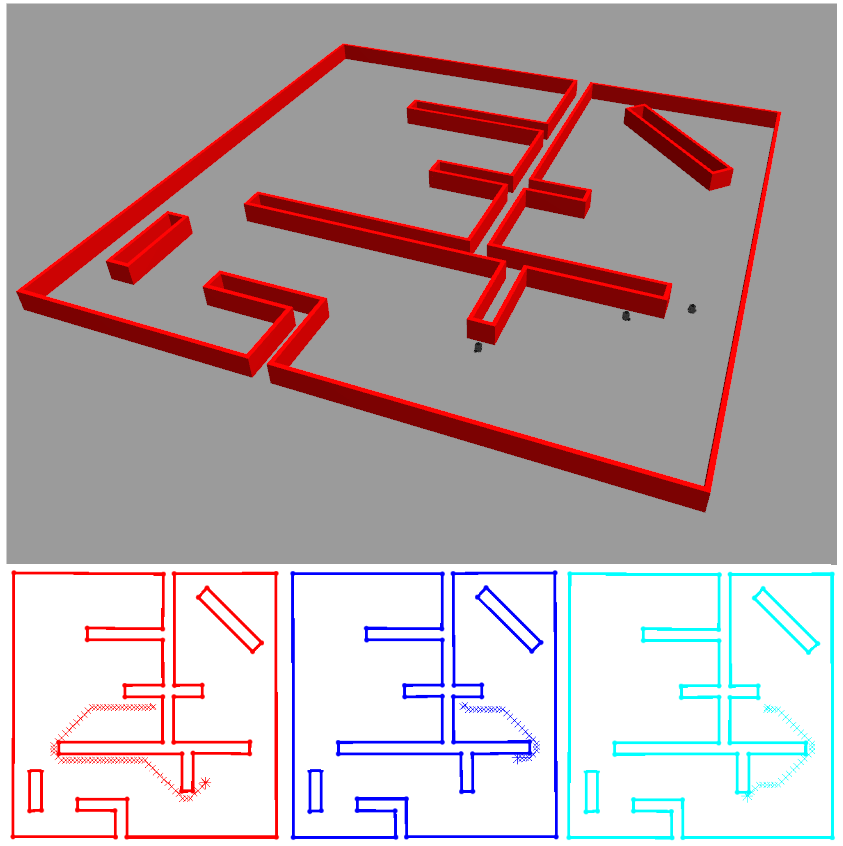
How can robots build and store maps well-suited to sparse environments? We propose a distributed algorithm for exploring and mapping a sparse environment under resource constraints.

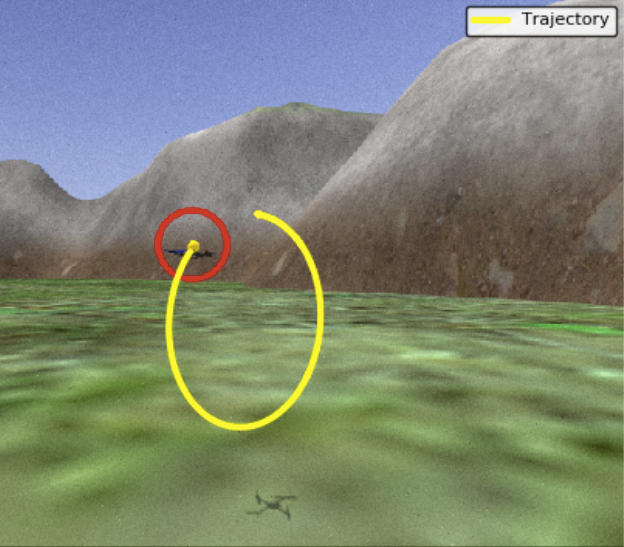
Can robots communicate intent using only motion? This project studies using techniques from active perception to enable multi-robot coordination without explicit communication.
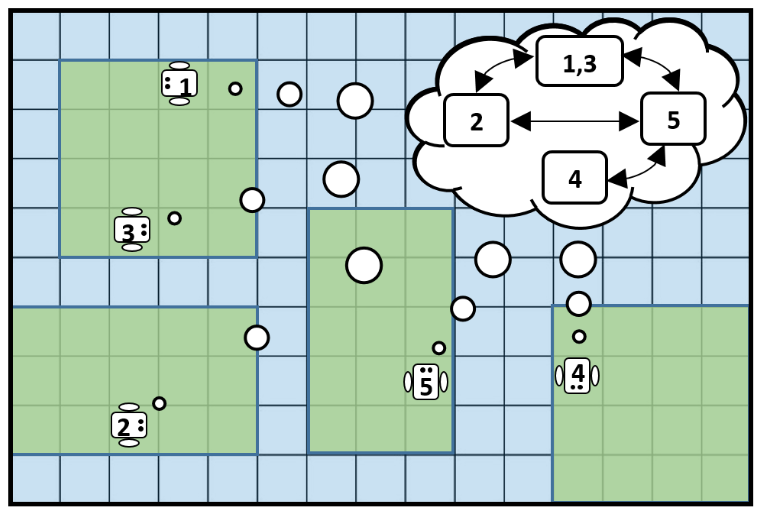
This project proposes an algorithm that guarantees each robot’s local graphical map will converge upon the environment's true structure.


GRaD-Nav utilizes 3DGS and differentiable dynamics to train visual drone navigation policy efficiently.

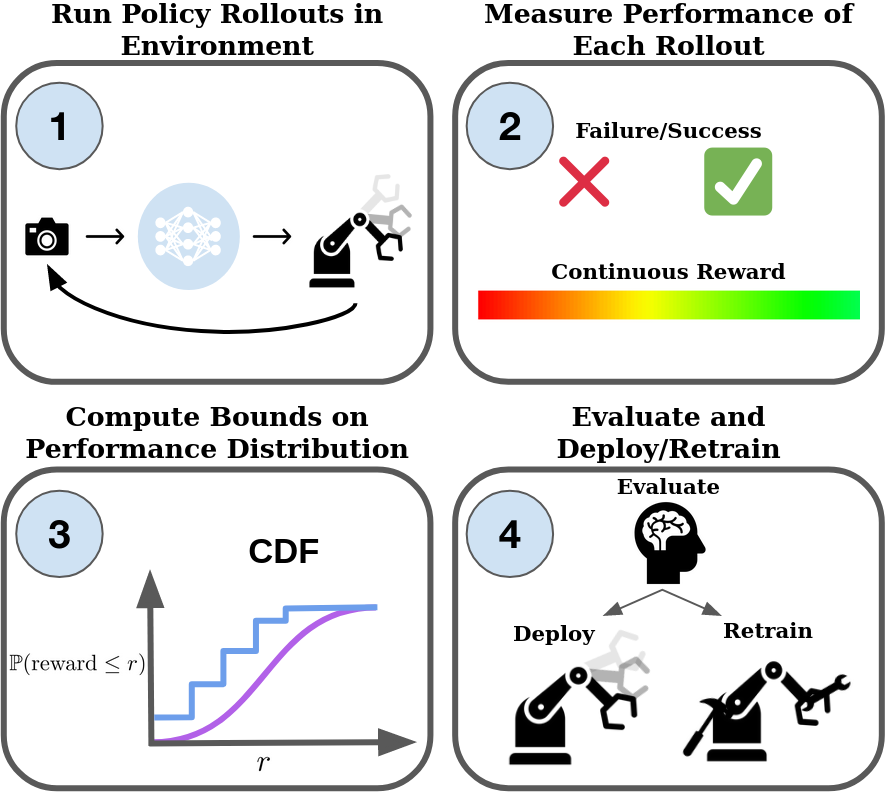
Rigorous and tight confidence sets for evaluating robot performance in hardware.
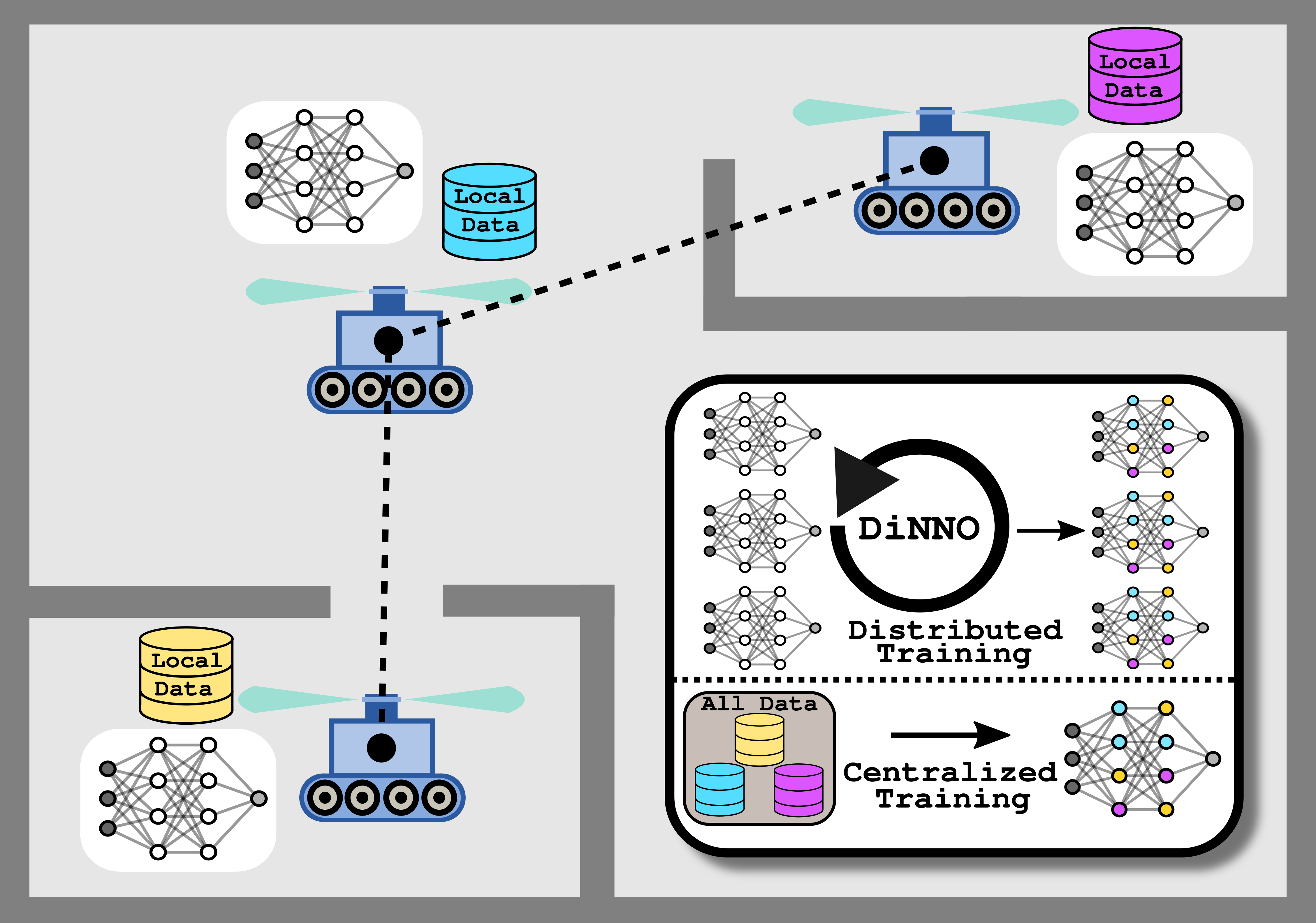
Distributed training of neural networks allows multi-robot systems to collaboratively learn online.

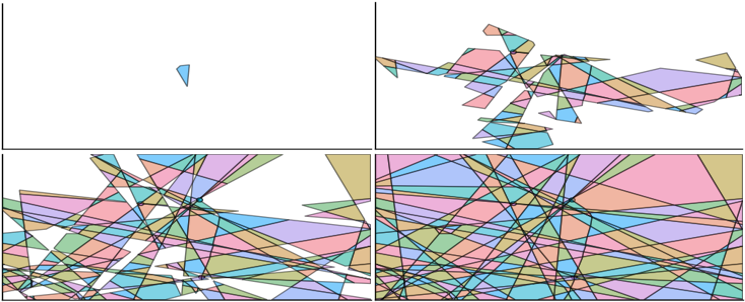
We develop a novel method for computing exact forward and backward reachable sets of a neural network with ReLU activation.

We study algorithms for modelling, estimating, and controlling wildfires using multi-robot teams.
